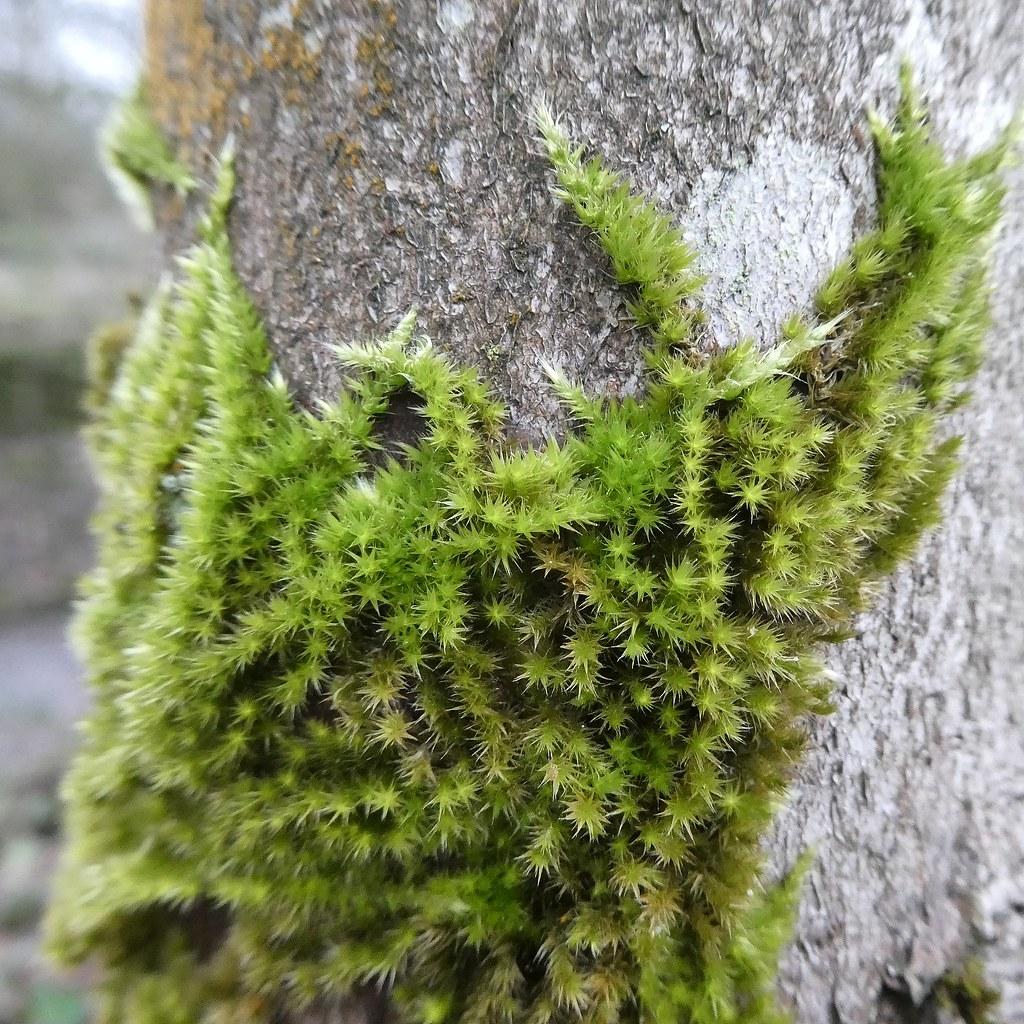
51795004708_e13bc3e61c_b.jpg from: https://www.flickr.com/photos/silybum/51795004708/
Introduction
In the vast and captivating world of bryophytes, one particular moss species stands out for its delicate beauty and resilience:
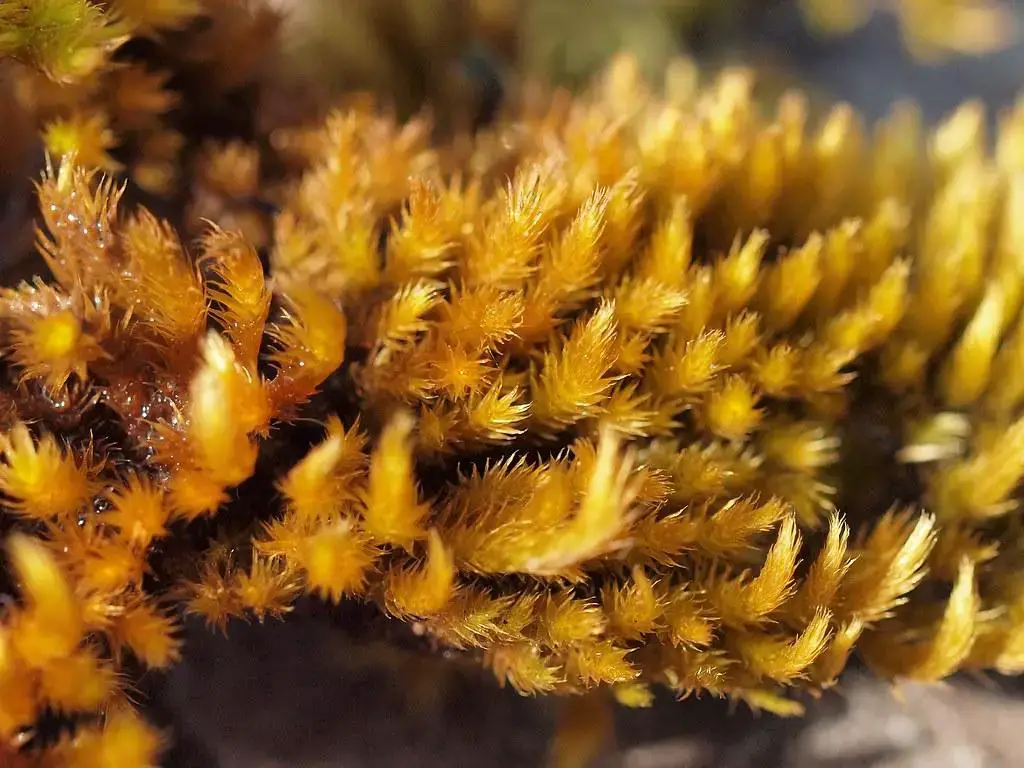
49764188426_963886028e_b.jpg from: https://www.flickr.com/photos/21657471@N04/49764188426/
Homalothecium sericeum (Hedw.) Schimp., commonly known as Homalothecium. This unassuming yet remarkable member of the Brachytheciaceae
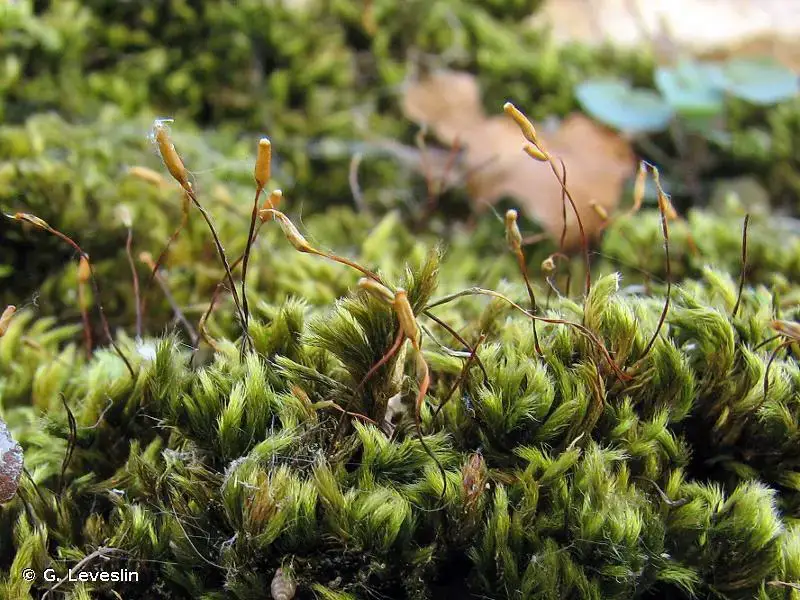
154279.jpg from: https://inpn.mnhn.fr/espece/cd_nom/5882
family has captured the hearts of moss enthusiasts worldwide, offering a fascinating glimpse into the intricate tapestry of nature’s smallest wonders.
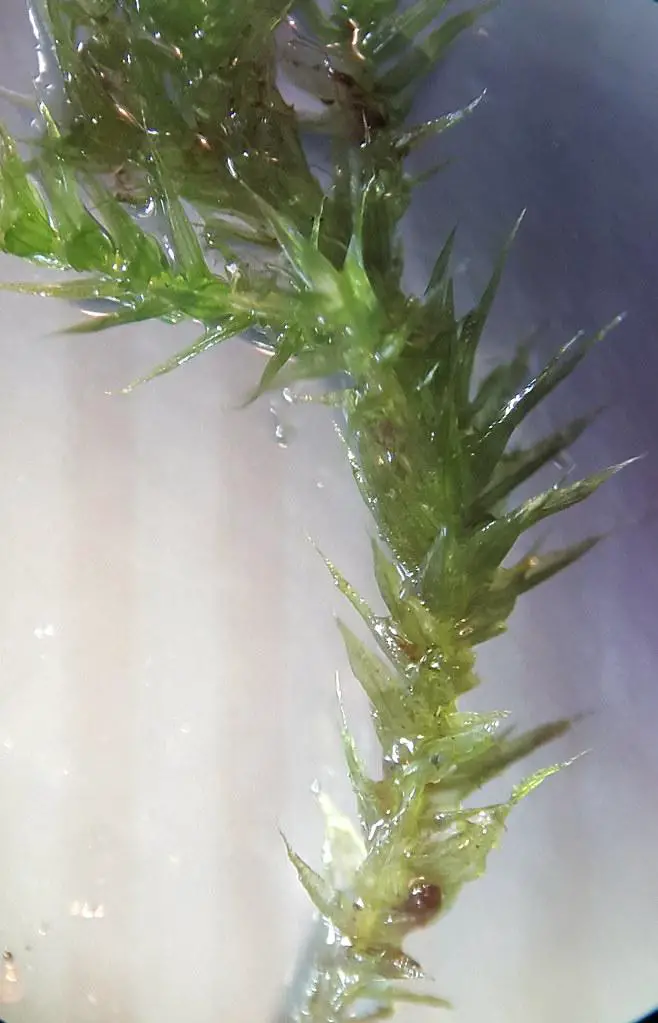
49860193466_02995c6b07_b.jpg from: https://www.flickr.com/photos/21657471@N04/49860193466/
Background
Before delving into the intricacies of Homalothecium sericeum, it’s essential to understand the broader context of
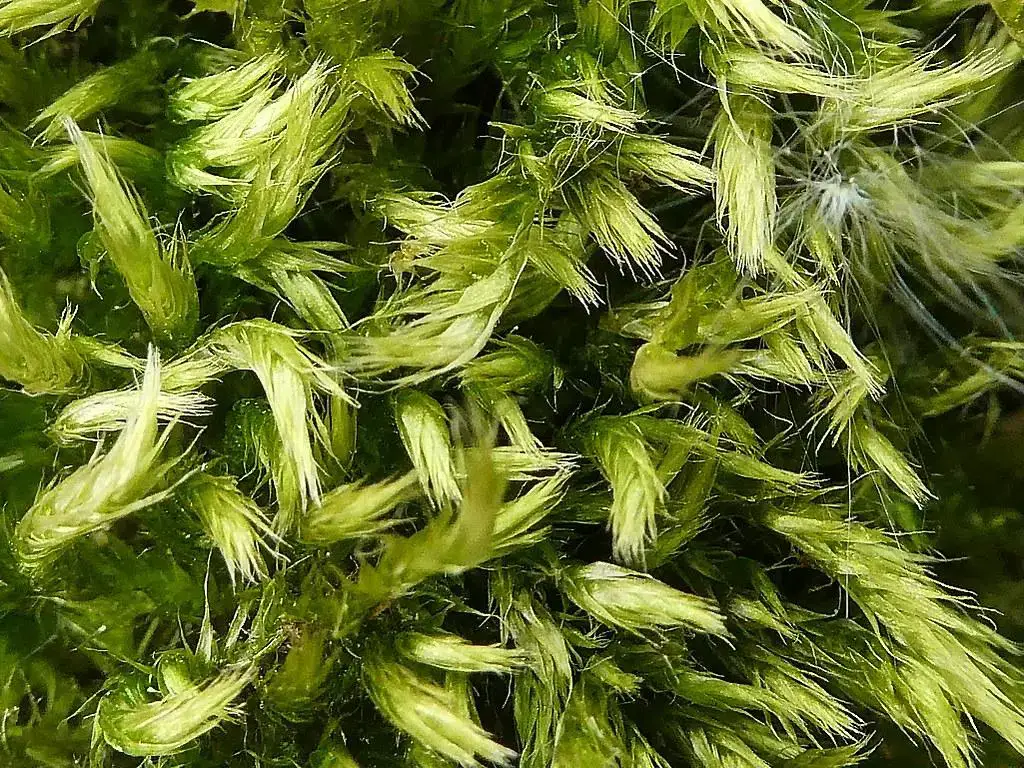
49859032412_3a2b2ea600_b.jpg from: https://www.flickr.com/photos/21657471@N04/49859032412/
bryophytes. These ancient and diverse plant lineages, which include mosses, liverworts, and hornworts, have been around for over 400 million years, predating even the earliest vascular plants. Despite their diminutive stature, bryophytes play a crucial role in various ecosystems, serving as pioneers in colonizing new environments and contributing to soil formation and water retention.
Main Content
Morphology and Identification
Homalothecium sericeum is a pleurocarpous moss, meaning its stems grow horizontally along the substrate. Its delicate, feathery appearance is a result of the densely arranged, curved leaves that envelop the stem. These leaves are lanceolate in shape, tapering to a slender point, and exhibit a distinctive silky sheen, hence the specific epithet “sericeum.”
One of the key identifying features of this moss is its double costa, or midrib, which extends partway up the leaf. Additionally, the leaf margins are often finely toothed, adding to the intricate beauty of this species.
Global Distribution and Habitat
Homalothecium sericeum
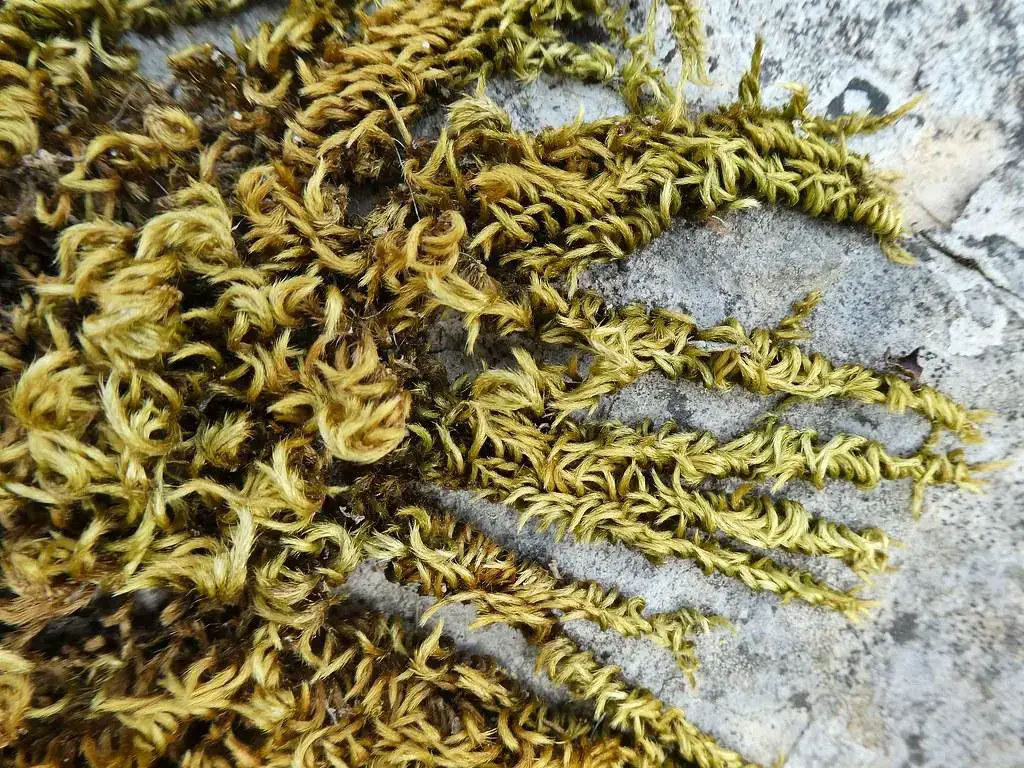
49764169981_b8887b6883_b.jpg from: https://www.flickr.com/photos/21657471@N04/49764169981/
is widely distributed across various regions, including Europe, North America, Asia, and parts of Africa. It thrives in a diverse range of habitats, from rocky outcrops and cliffs to tree bark and soil, showcasing its remarkable adaptability.
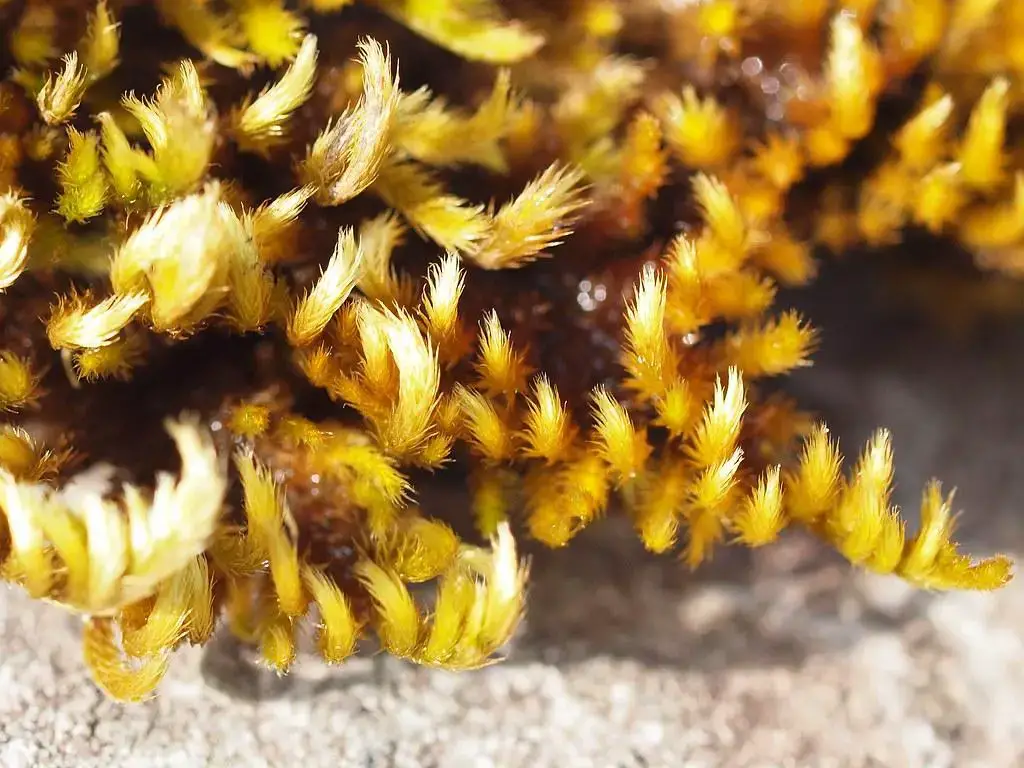
49764512827_62ee9e511a_b.jpg from: https://www.flickr.com/photos/21657471@N04/49764512827/
This moss species is particularly fond of calcareous substrates, such as limestone or chalk, where it can form dense, velvety mats or cushions. Its ability to colonize these environments is a testament to its resilience and ability to thrive in challenging conditions.
Ecological Roles and Adaptations
Despite its delicate appearance, Homalothecium sericeum
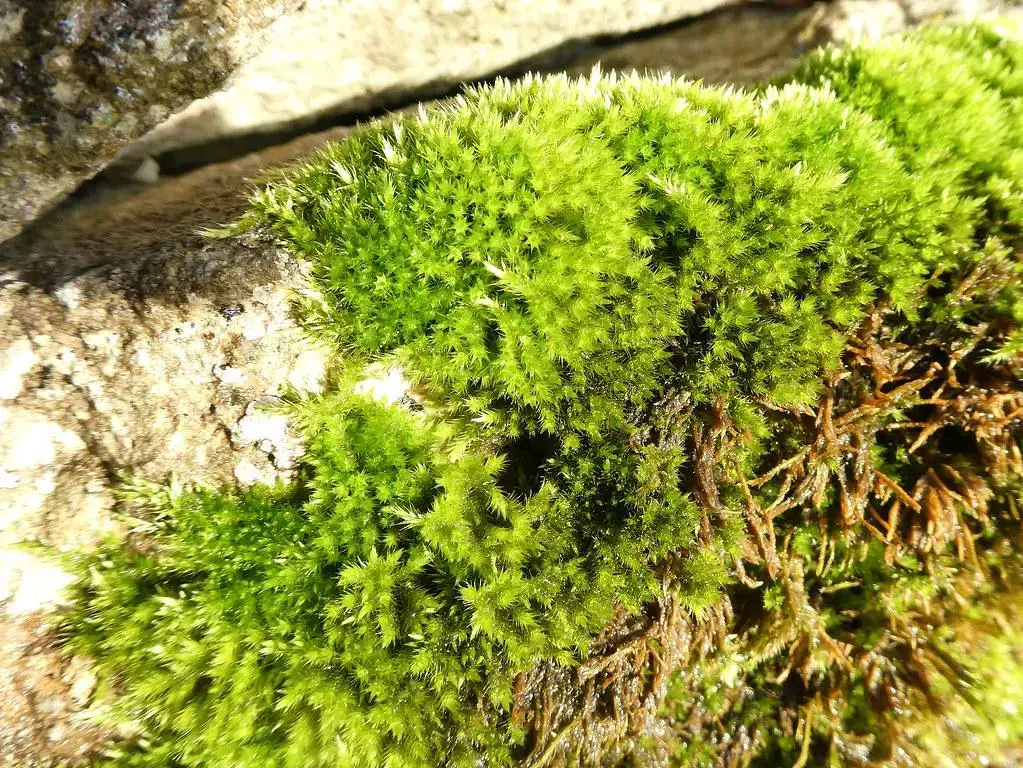
50723811676_df7ebb8921_b.jpg from: https://www.flickr.com/photos/silybum/50723811676
plays a vital role in its ecosystem. As a pioneer species, it contributes to soil formation and stabilization, paving the way for other plants to establish themselves. Additionally, its dense mats provide microhabitats for various invertebrates, contributing to the overall biodiversity of the area.
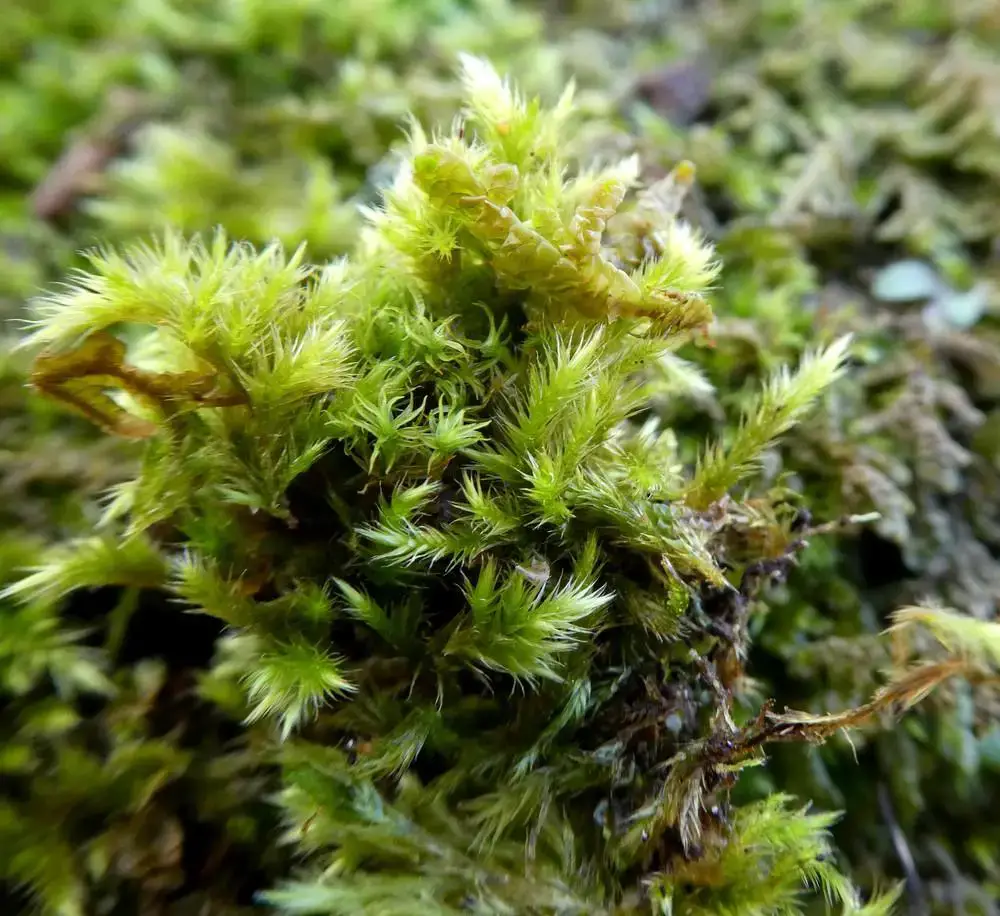
32619913.jpg from: https://observations.be/observation/204391161/
One of the remarkable adaptations of this moss is its ability to withstand desiccation, or extreme drying conditions. During periods of drought, Homalothecium sericeum can enter a state of dormancy, curling its leaves inward to minimize water loss. Once moisture returns, it quickly revives, showcasing its remarkable resilience and ability to thrive in challenging environments.
Case Studies/Examples
In the United Kingdom, Homalothecium sericeum is a common sight on limestone outcrops and cliffs, forming vibrant green carpets that add a touch of beauty to the rugged landscapes. In North America, it can be found adorning the bark of trees in various forest ecosystems, contributing to the overall diversity and ecological balance of these habitats.
Technical Table
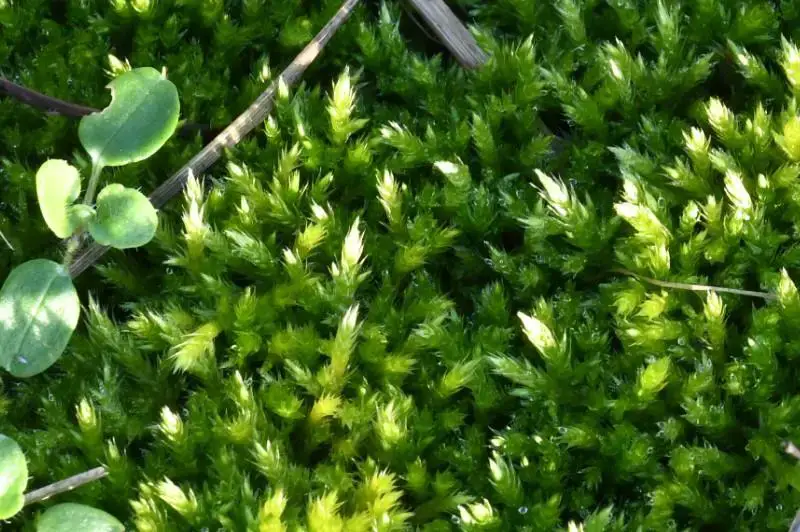
bryo1642175356.jpg from: https://obs37.fr/observatoire/index.php?module=fiche&action=fiche&d=bryo&id=5882
| Characteristic | Description |
|---|---|
| Phylum | Bryophyta |
| Class | Bryopsida |
| Order | Hypnales |
| Family | Brachytheciaceae |
| Genus | Homalothecium |
| Species | H. sericeum (Hedw.) Schimp. |
| Growth Form | Pleurocarpous moss |
| Leaf Shape | Lanceolate, tapering to a slender point |
| Leaf Margin | Finely toothed |
| Costa | Double costa, extending partway up the leaf |
| Habitat | Calcareous substrates, rocky outcrops, tree bark, soil |
| Distribution | Europe, North America, Asia, parts of Africa |
Conclusion
Homalothecium sericeum is a true marvel of nature, a testament to the resilience and adaptability of bryophytes. Its delicate beauty belies its remarkable ability to thrive in challenging environments, making it a fascinating subject for moss enthusiasts and naturalists alike. As we continue to explore and appreciate the intricate tapestry of life on our planet, this unassuming moss species serves as a reminder of the wonders that can be found in the smallest of creatures.
Ponder this: In a world where we often overlook the seemingly insignificant, what other marvels might we be missing, hidden in plain sight, waiting to be discovered and appreciated?